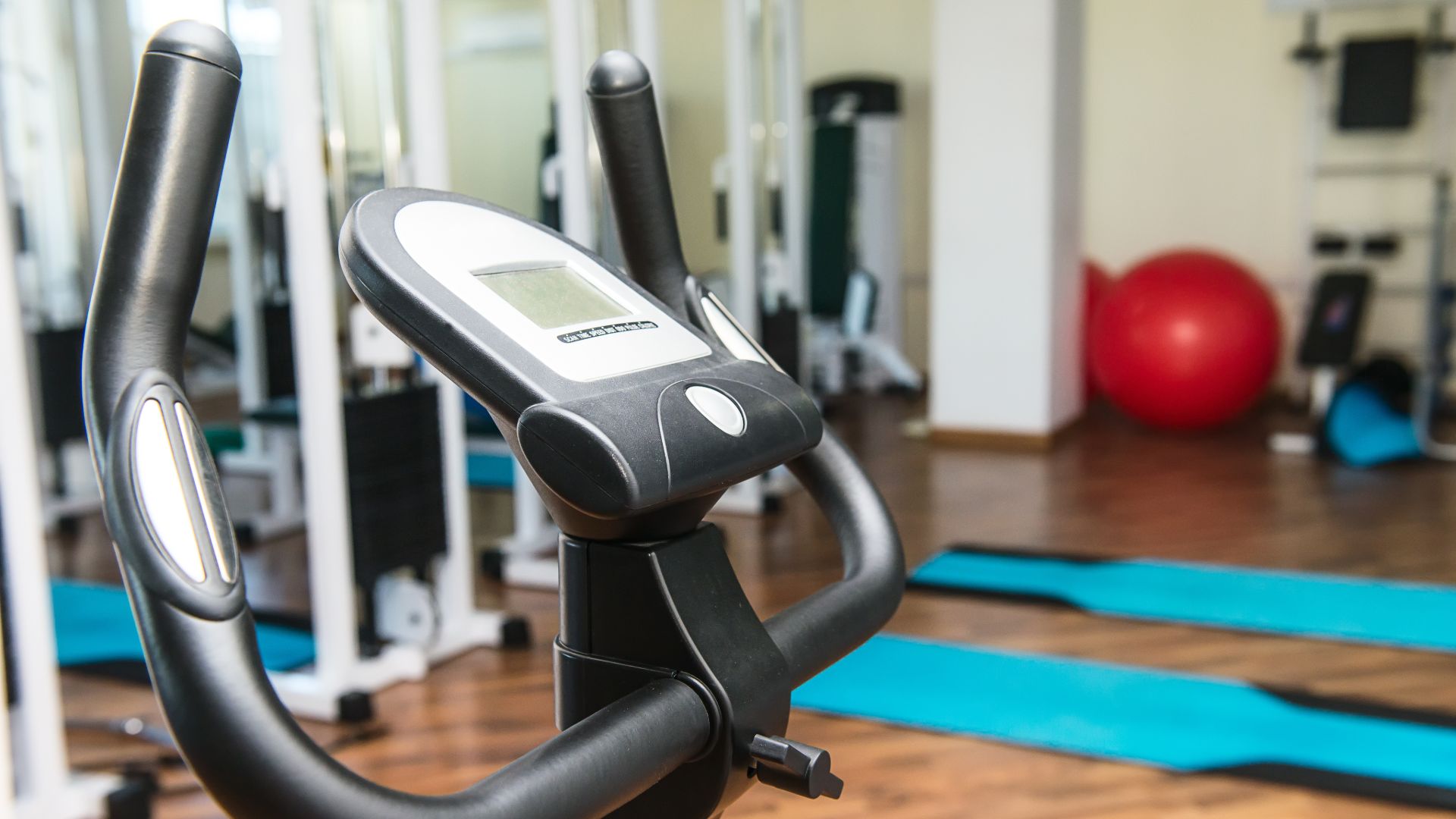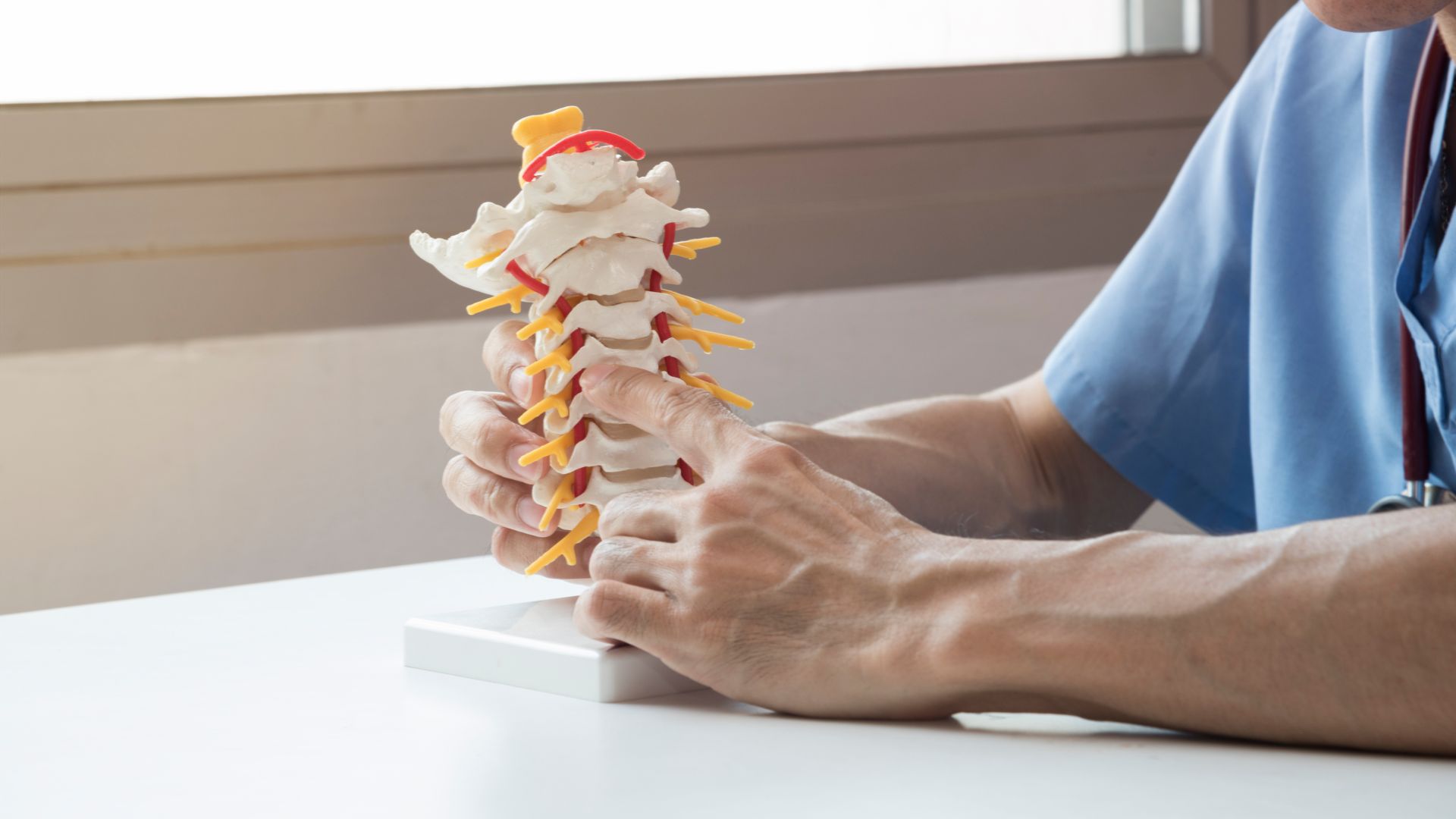Shin splints are an overuse injury that affects many people. When the muscles and bones in the lower leg strain and become inflamed, this ailment occurs. Shin splints are more common in athletes (particularly runners), military members, and persons who have osteoporosis. Stress fractures can develop from shin splints.
What are shin splints?
Shin splints happen when the muscles and bones in the lower leg pull and yank at the shin bone (the tibia), causing it to become inflamed (irritated and swollen) and painful. Athletes frequently have shin pain as a result of the constant stress they place on the shin bone, muscles, and connective tissues. Shin splints are also known as medial tibial stress syndrome, which is a more accurate term.
Shin splints are an overuse injury that affects a large number of people. Most people recover from shin splints with rest and ice, with no long-term health consequences. Shin splints, on the other hand, have the potential to develop into a tibial stress fracture if left untreated.
How do people get shin splints?
Shin splints are caused by the pushing and straining of the muscles and connective tissues of the lower leg, which causes recurrent stress to the shin bone. The shin bone can become inflamed (swollen or irritated) and weaker as a result of repeated, repetitive pressure from running and jumping. When a bone is not given enough time to heal, the damage might worsen, resulting in severe pain. Anyone who begins a new workout programme or increases the intensity of their sport or activity too rapidly may develop shin splints.
Who is affected by shin splints?
Shin splints can affect anyone, although some people are more susceptible to the condition than others. Shin splints are more common in the following groups:
- Runners, particularly those who run on uneven surfaces or increase their running programme suddenly.
- Athletes that take part in high-affected sports that put a lot of strain on their legs.
- Dancers.
- Flat-footed people, those with high arches, and people with highly rigid arches. Your muscles and bones may not absorb or distribute force from impact and loading activities as well in this condition.
- Military personnel and others who march or walk a lot.
- People who exercise in shoes that are not supportive.
- Walking extreme distances.
- Anyone suffering from a vitamin D deficiency, an eating disorder, or a lack of regular menses.
- People who have osteopenia or osteoporosis and already have weak bones.
What are the symptoms of shin splints?
Lower leg soreness is the most prevalent sign of shin splints. The shin bone may be painful to the touch, and the pain can range from minor to severe. Shin splints can cause:
- Usually found on the inner lower leg or the front of the shin bone.
- Begin as occasional discomfort during action and progress to a constant pain that persists long after the activity has finished.
- Be sharp or a dull ache.
- After physical activity, the condition deteriorates.
How are shin splints diagnosed?
Shin splints are diagnosed by taking a detailed medical history and evaluating you. Your doctor will evaluate your lower leg, ankle, and foot, as well as your gait and walking style. Moving your ankle and foot around and feeling for pain along the bone are all part of a thorough examination. Standing or jumping on the aching leg can help you figure out if you have shin splints or a stress fracture.
Your doctor will initially order an X-ray to rule out a stress fracture, however, stress fractures are only observed in around 23% of conventional X-rays. If your doctor is worried, a magnetic resonance imaging (MRI) or bone scan may be ordered. These tests can tell if your shin splint has progressed to a stress fracture since they detect the damage before an X-ray can.
How do I know if I have shin splints?
You may have shin splints if you have aching legs or lower leg pain that gets worse after exercise. The pain can be severe or mild, and it may come and go. Despite the fact that shin splints are not a significant medical problem, you should see your doctor to rule out a stress fracture.
Are shin splints permanent?
Shin splints aren’t a lifelong condition. Rest, varying the amount of exercise you do, and wearing supportive footwear should all help to alleviate the pain of shin splints. Consult your doctor if your shin splints persist for an extended amount of time. It’s possible that you’ll need to be checked for stress fractures or other conditions that are causing your pain. A review of your food, footwear, stretching, and flexibility may be required to prevent shin splints from reappearing.
Please contact Simply Align Rehab Physio in Scarborough/Toronto at simplyalignrehab.com for further guidance on your Shin Pain and Injury, or call or text us at (416) 628-8554 for your Physiotherapy or Chiropractor requirements in Toronto.
Image link:




